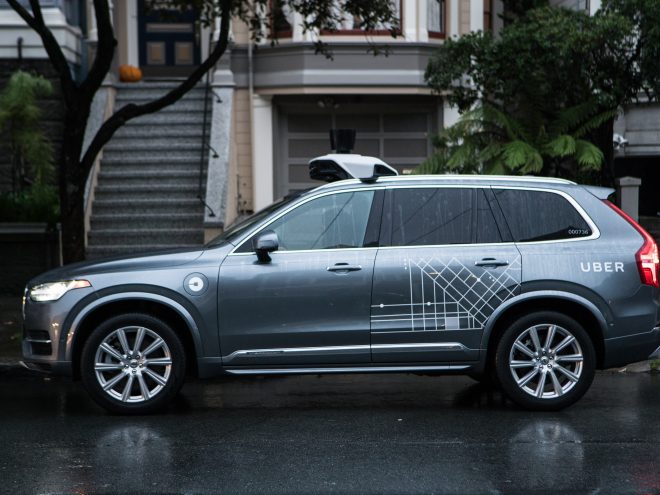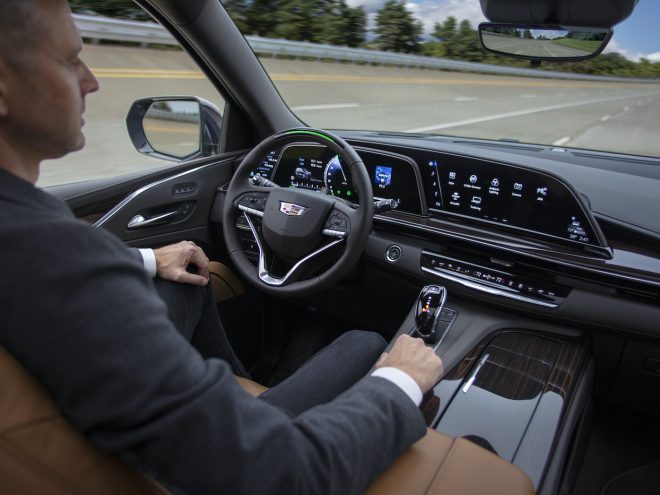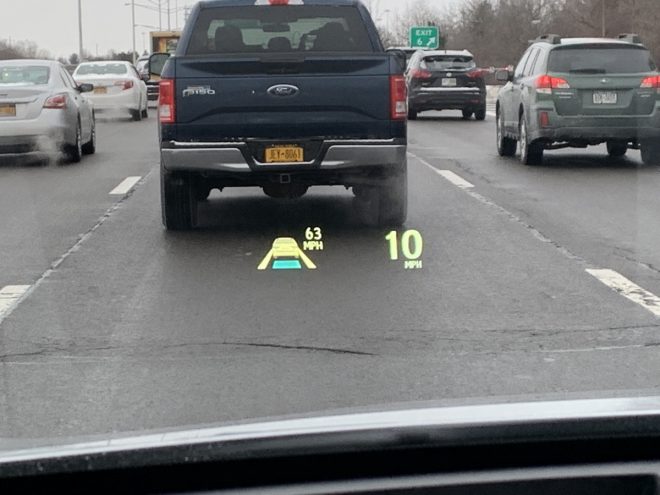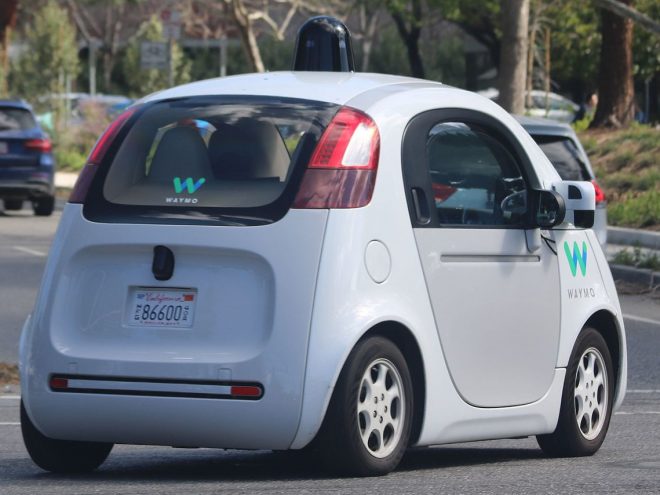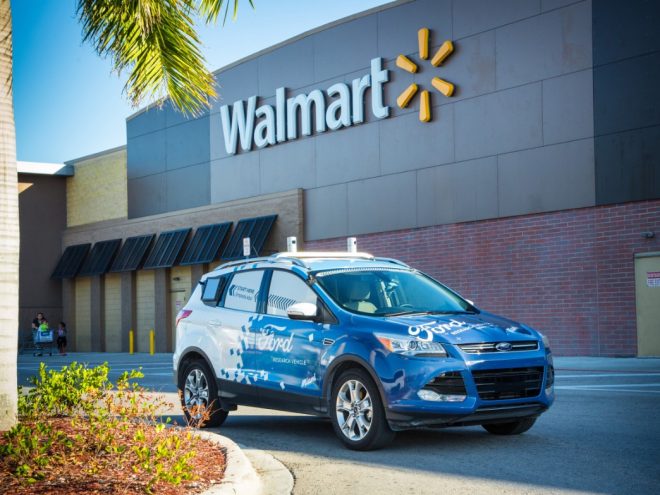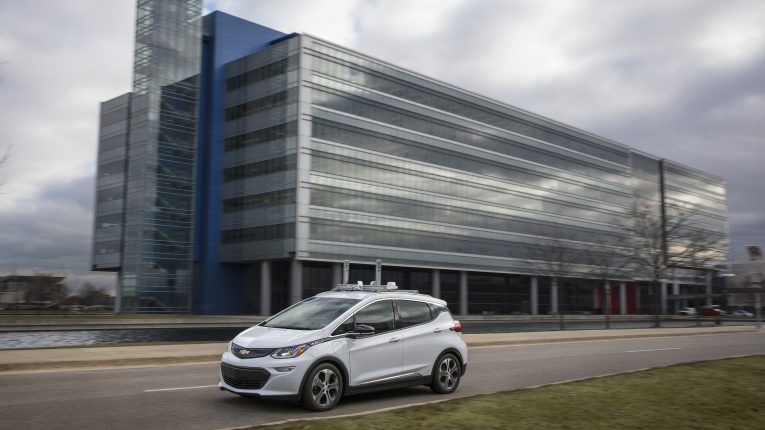
Can You Sue a Self-Driving Car That Causes a Car Accident?
We recognize self-driving cars in cartoons about the future, but now they are a part of our reality. While completely self-driving vehicles have yet to reach the market, many contain technology for self-driving elements. As more and more cars with self-driving features populate the roadways, there is an increasing question of liability in the event of a car accident. While the technology is new on self-driving cars, an experienced personal injury attorney knows that most self-driving vehicles still require human supervision for safe operation. If you were injured by a self driving car, look for a car accident lawyer near you that offers a free consultation.
What Is a Self-Driving Car?
A self-driving car can sense its environment and move safely on roadways with human supervision. Currently, there are no fully self-driving vehicles on the market. However, there are many partially autonomous vehicles. These cars may include some of the following features:
- Lane control,
- Adaptable cruise control,
- Automatic emergency braking system,
- Light detection and radar,
- Street sign recognition,
- Vehicle-to-vehicle communication, and
- Object or collision avoidance system.
The list above does not include all self-driving features, but these are popular features found in many vehicles today.
How Does a Self-Driving Car Work?
Different cars feature different levels of self-driving ability. The description of these vehicles includes a 0-5 scale:
- Level 0 – All major systems of the vehicle are controlled by humans.
- Level 1 – Certain systems are controlled by the car.
- Level 2 – Car offers two simultaneous self-driving features but requires human supervision.
- Level 3 – The car can handle all critical safety functions. However, a driver must take over when the vehicle initiates the alert system.
- Level 4 – The car is fully self-driving in some driving situations, but not all.
- Level 5 – The car is self-driving in any situation.
Self-driving cars rely on a combination of sensors and software to control, navigate, and drive the vehicle. No cars on the market today reach the level 5 scale; therefore human supervision or direction is still required for all cars with self-driving features.
Who Is at Fault in a Car Accident with a Self-Driving Vehicle?
Although the features of self-driving vehicles may appear attractive to many, these vehicles are not foolproof. In fact, in May 2016, a man became the first fatality when he put his Tesla Model S on autopilot and the vehicle crashed into a tractor-trailer in Florida. The Tesla camera did not recognize the tractor-trailer as a vehicle, and the vehicle drove directly into it, killing the man.
The National Highway Traffic Safety Administration (NHTSA) concluded that the Tesla’s self-driving feature was not at fault for the accident. The Tesla was not intended to be driven without human supervision and thus required human intervention to remain safe on roadways.
While innovation continues at a rapid rate, self-driving vehicles today may not be driven without human supervision. Therefore, in an accident with a self-driving car, the person behind the wheel is almost always liable. In the event vehicles in the future do not contain steering wheels or brake pedals, manufacturers may be held responsible in the event of an accident.
